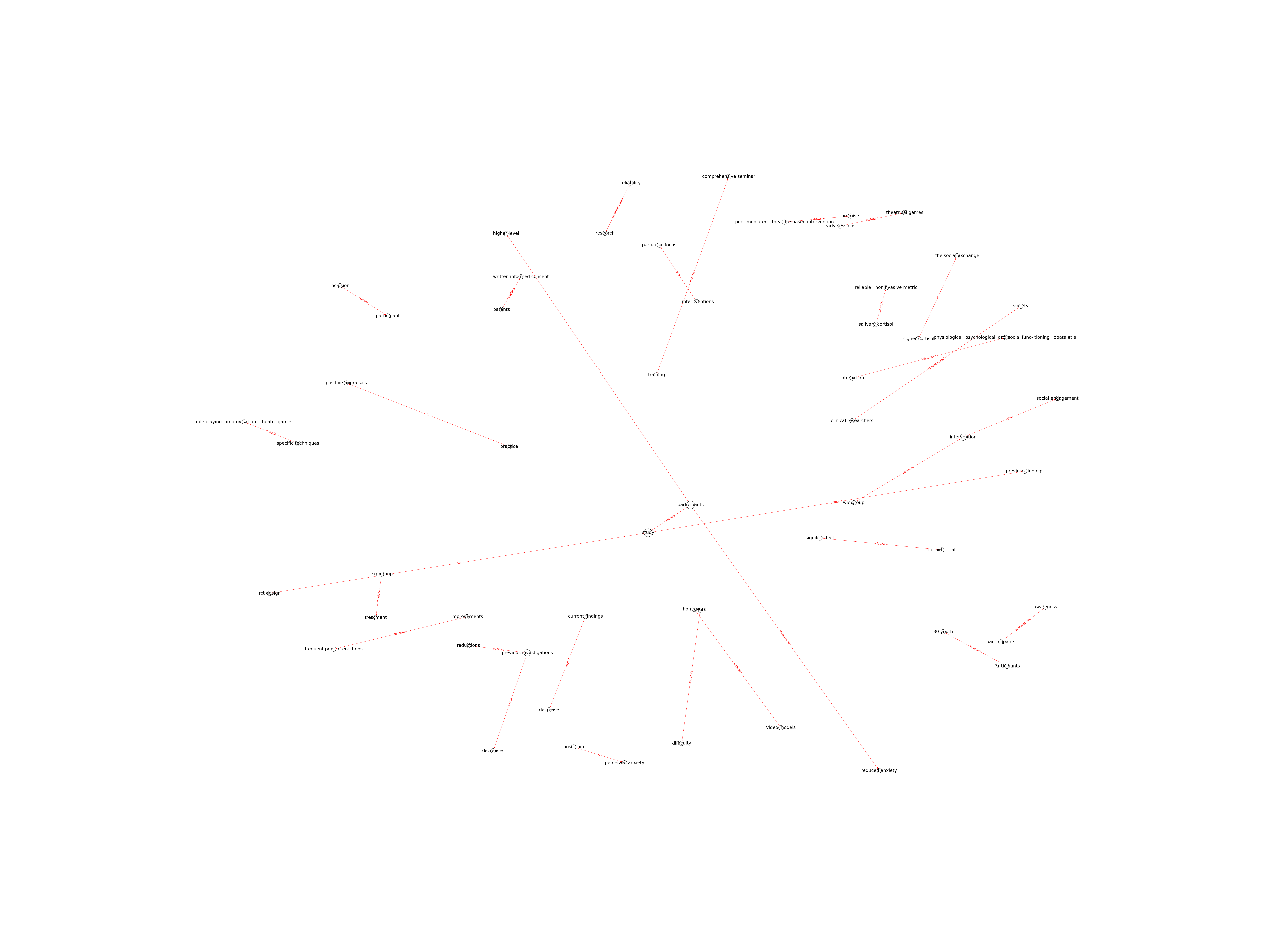| Id | 131 | |
| Author | Corbett, B., A.; Blain, S., D.; Ioannou, S., ; Balser, M., | |
| Title | Changes in anxiety following a randomized control trial of a theatre-based intervention for youth with autism spectrum disorder. | |
| Reference | Corbett, B.A; Blain, S.D.; Ioannou, S.; Balser, M. (2017). Changes in anxiety following a randomized control trial of a theatre-based intervention for youth with autism spectrum disorder. Autism. 21(3), 333–343. doi: 10.1177/1362361316643623 |
|
| Keywords | Anxiety; Autism spectrum disorders; Cortisol; Stress; Theatre |
|
| Link to article | https://doi.org/10.1177/1362361316643623 |
|
| Abstract | Increased anxiety and stress are frequently found in children with autism spectrum disorder and are associated with social challenges. Recently, we reported changes in social competence following peer-mediated, theatre-based intervention. The purpose of this study was to examine the impact of the intervention on reducing anxiety and stress. Participants included 30 youth with autism spectrum disorder (8–14 years old) randomly assigned to the experimental (17) or waitlist control (13) group. Pretest adjusted, between-group differences were analyzed for state-anxiety, trait-anxiety, play-based cortisol, and diurnal cortisol. The theatre-based, peer-mediated intervention not only contributes to improvement in social competence in youth with autism spectrum disorder but also contributes to reductions in trait-anxiety associated with more social interaction with peers. Results suggest that some degree of physiological arousal is essential for social interaction. |
|
| Metodology | Pretest adjusted, between-group differences were analyzed for state-anxiety, trait-anxiety, play-based cortisol, and diurnal cortisol. Pearson correlations were conducted between anxiety, cortisol, and group play. Significant pretest-adjusted between-group differences at posttest were observed on trait-anxiety (F(1, 27) = 9.16, p = 0.005) but not state-anxiety (F(1, 27) = 0.03, p = 0.86), showing lower trait-anxiety in the experimental group. There were no between-group differences on cortisol. There was a significant negative correlation between group play and trait-anxiety (r = −0.362, p = 0.05). Playground cortisol correlated with group play, for the experimental group (r = 0.55, p = 0.03). |
Technique | Statistical analysis |

Note: Due to lack of computing power, results have been previously created and saved in database


